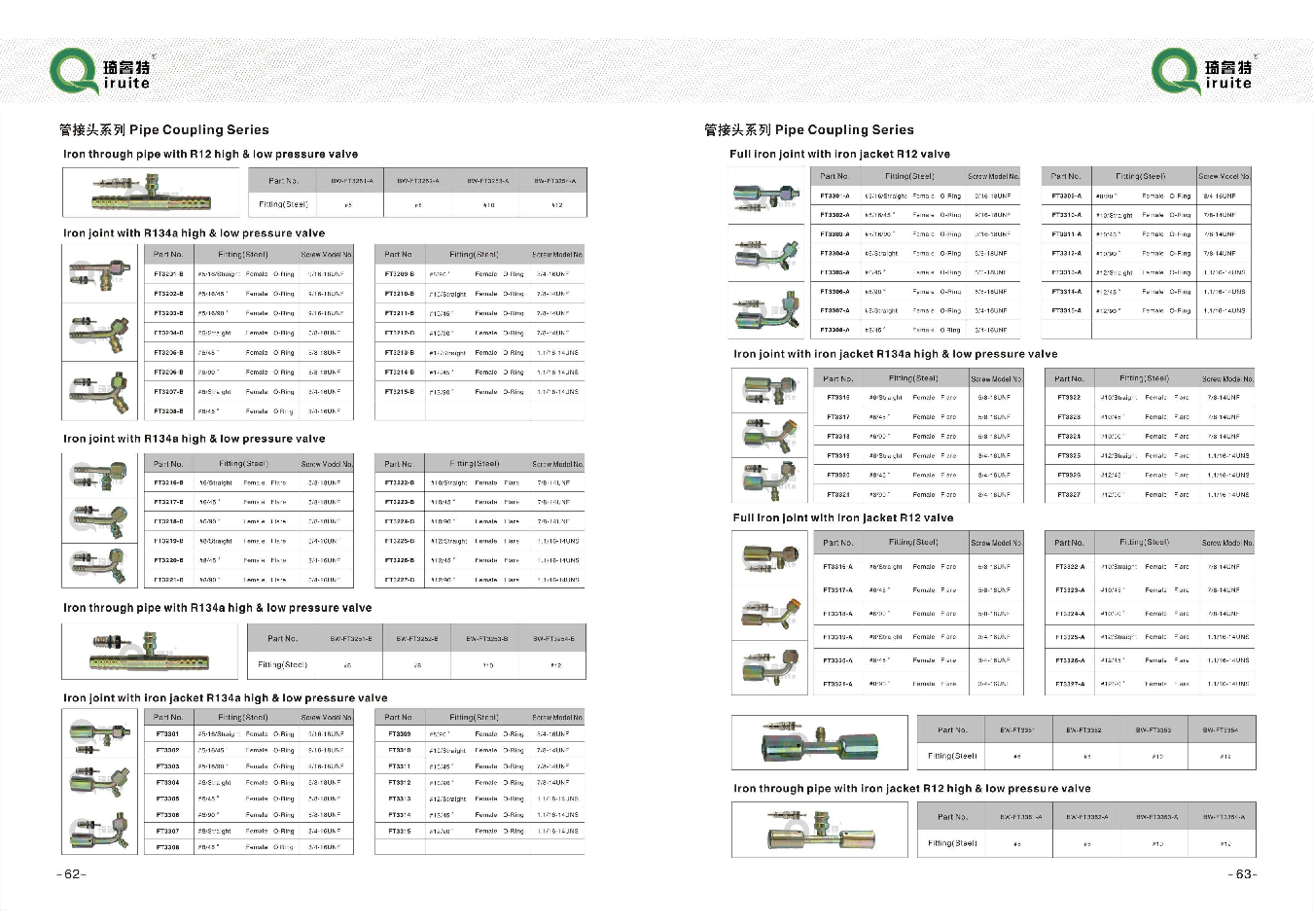Choosing the Right Power Steering Hose for Your Chevy Vehicle
Understanding Chevy Power Steering Hose A Comprehensive Guide
The power steering system in a vehicle plays a crucial role in ensuring smooth and easy maneuverability. Among its components, the power steering hose is vital for transferring hydraulic fluid from the pump to the steering gear. For Chevrolet vehicles, maintaining the integrity and functionality of the power steering hose is essential for optimal performance and safety.
What is a Power Steering Hose?
A power steering hose is a flexible conduit that carries hydraulic fluid to facilitate steering. This fluid is responsible for amplifying the force you apply to the steering wheel, making it significantly easier to turn the wheels, especially at lower speeds. Power steering systems typically have two main hoses the high-pressure hose, which delivers fluid from the pump to the steering gear, and the return hose, which carries the fluid back to the reservoir.
Importance of the Power Steering Hose
The power steering hose is engineered to withstand high pressures and varying temperatures. Over time, however, hoses can wear out due to age, heat, and exposure to various elements. A failing power steering hose can lead to several issues, including fluid leaks, increased steering effort, and complete steering loss. Regular inspection and maintenance of the power steering system, including the hoses, can help prevent these problems.
Signs of a Failing Power Steering Hose
1. Fluid Leaks One of the most obvious signs of a failing power steering hose is fluid leaks. If you notice a puddle of red or pink fluid under your vehicle, it could be power steering fluid. This suggests a potential crack or hole in the hose.
chevy power steering hose

2. Whining Noises If you hear a whining or groaning noise when turning the steering wheel, it could indicate low fluid levels due to a leak in the hose. This noise often becomes more pronounced at low speeds or during sharp turns.
3. Stiff Steering A power steering hose that is damaged or clogged can lead to stiff steering, making it more challenging to turn the wheel. This symptom is not only inconvenient but can also reduce your vehicle’s safety.
4. Overheating Excessive heat can cause the hose material to break down over time. If your power steering system is overheating, it’s crucial to inspect the hoses for any signs of deterioration.
Maintenance and Replacement
To maintain the power steering hose, it's essential to check it regularly for signs of wear, such as cracks, bulges, or fraying. During routine vehicle maintenance, consider having a technician inspect the power steering system, including hoses, for wear and tear. If any issues are identified, replacing the hose promptly is vital to prevent more severe problems.
Replacing a power steering hose is a task that can typically be performed by someone with moderate mechanical skills. However, if you are unsure, it is always best to seek professional help. Make sure to use high-quality replacement hoses that meet or exceed OEM specifications for a reliable fix.
Conclusion
Understanding the role of the power steering hose in your Chevy vehicle is essential for ensuring its longevity and performance. Neglecting maintenance can lead to serious problems, including the potential for loss of steering control. By keeping an eye out for signs of failure and addressing issues promptly, you can ensure a safer and smoother driving experience. Whether you are an experienced mechanic or a novice car owner, being informed about the power steering system will enhance your automotive knowledge and may even save you from costly repairs in the long run. Remember, prevention is always better than cure when it comes to vehicle maintenance.
-
Ultimate Spiral Protection for Hoses & CablesNewsJun.26,2025
-
The Ultimate Quick-Connect Solutions for Every NeedNewsJun.26,2025
-
SAE J1401 Brake Hose: Reliable Choice for Safe BrakingNewsJun.26,2025
-
Reliable J2064 A/C Hoses for Real-World Cooling NeedsNewsJun.26,2025
-
Heavy-Duty Sewer Jetting Hoses Built to LastNewsJun.26,2025
-
Fix Power Steering Tube Leaks Fast – Durable & Affordable SolutionNewsJun.26,2025

